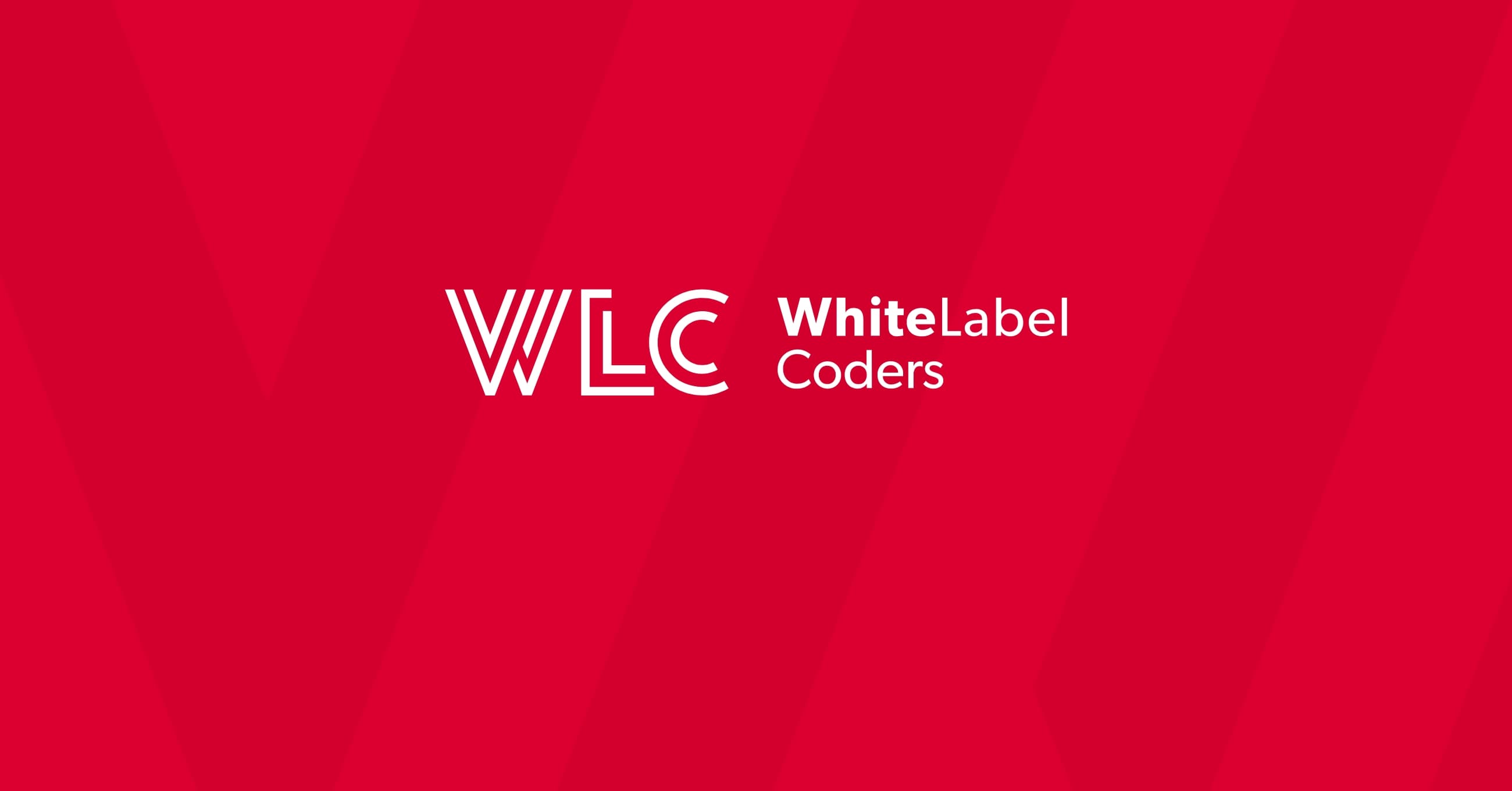Category: SEO AI
Does WordPress support custom HTML?

Yes, WordPress absolutely supports custom HTML. You can add custom HTML code through multiple methods including the built-in HTML block in the Gutenberg editor, custom HTML widgets, theme file modifications, and direct code insertion in posts and pages. WordPress provides flexible options for both beginners and advanced developers to integrate custom HTML whilst maintaining security standards through user permissions and content filtering.
Understanding WordPress and custom HTML integration
WordPress offers native HTML support that makes it incredibly flexible for custom code integration. As one of the world’s most versatile content management systems, WordPress can accommodate everything from simple HTML snippets to complex custom applications.
The platform’s architecture allows HTML integration at multiple levels. You can add custom code directly within posts and pages, incorporate it through widgets and blocks, or implement it at the theme level for site-wide customisation. This flexibility has made WordPress the foundation for sophisticated projects including multilingual business sites, advanced e-commerce platforms, and custom web applications.
WordPress handles HTML through its content management system whilst maintaining security protocols. The platform processes custom HTML differently depending on user permissions, the method of insertion, and security settings configured on your site.
Does WordPress allow you to add custom HTML code?
Absolutely, WordPress fully supports custom HTML code integration through various built-in methods. The platform provides multiple pathways for adding HTML, whether you’re working with individual posts, pages, or site-wide elements.
The Gutenberg block editor includes a dedicated Custom HTML block that allows you to insert HTML code directly into your content. This block preserves your code exactly as written, making it perfect for embedding forms, custom styling, or interactive elements.
For users preferring the classic editor, you can switch to the “Text” tab to write HTML directly alongside your content. WordPress also supports HTML through custom widgets in sidebars and footer areas, giving you flexibility in where and how you implement custom code.
Theme-level customisation offers even more possibilities. Through child themes and template modifications, you can integrate custom HTML that affects your entire site’s structure and appearance. This approach is particularly valuable for WordPress customisation projects requiring consistent design elements across multiple pages.
How do you add custom HTML in WordPress posts and pages?
Adding custom HTML to WordPress posts and pages is straightforward using several built-in methods. The most common approach involves using the Custom HTML block in the Gutenberg editor.
To add HTML using the block editor, click the plus icon to add a new block, search for “Custom HTML,” and select it. You’ll see a text area where you can paste or type your HTML code directly. The block provides a preview option so you can see how your code will appear on the front end.
If you’re using the classic editor, switch to the “Text” tab instead of “Visual.” This reveals the HTML structure of your content, allowing you to insert custom code anywhere within your post or page. You can mix HTML with WordPress’s standard content seamlessly.
For more advanced implementations, you might consider using custom fields or shortcodes. These methods allow you to create reusable HTML snippets that can be inserted across multiple posts and pages, making maintenance much easier for larger sites.
What is the difference between WordPress HTML blocks and custom HTML widgets?
HTML blocks and custom HTML widgets serve different purposes within WordPress, though both allow you to add custom HTML code to your site. Understanding their distinctions helps you choose the right tool for your specific needs.
HTML blocks in the Gutenberg editor are designed for content within posts and pages. They’re part of your main content area and move with your content when you edit or reorganise blocks. These blocks are perfect for embedding forms, custom styling, or interactive elements that belong specifically to individual pieces of content.
Custom HTML widgets, on the other hand, are designed for your site’s sidebar, footer, or other widget areas defined by your theme. They remain consistent across multiple pages and are ideal for elements like custom navigation, social media feeds, or tracking codes that should appear site-wide.
| Feature | HTML Blocks | HTML Widgets |
|---|---|---|
| Location | Post/page content area | Sidebar, footer, widget areas |
| Scope | Individual posts/pages | Site-wide or section-wide |
| Flexibility | Part of content flow | Fixed widget positions |
| Best for | Content-specific HTML | Persistent site elements |
Can you edit WordPress theme files with custom HTML?
Yes, you can edit WordPress theme files to include custom HTML, but this requires a more technical approach and careful consideration of best practices. Theme-level HTML customisation affects your entire site’s structure and appearance.
The safest method involves creating a child theme before making any modifications. Child themes protect your customisations when the parent theme updates, ensuring your custom HTML remains intact. You can then modify template files like header.php, footer.php, or index.php to include your custom HTML code.
WordPress themes use PHP templates that generate HTML output. You can add custom HTML directly within these template files, or use PHP functions to conditionally display HTML based on specific criteria. This approach is particularly powerful for creating custom layouts or adding site-wide elements.
For complex customisations, consider using WordPress hooks and filters. These allow you to inject custom HTML into specific locations without directly modifying theme files, making your customisations more maintainable and update-safe.
Why might custom HTML not work properly in WordPress?
Several factors can prevent custom HTML from working correctly in WordPress, with security restrictions and content filtering being the most common culprits. Understanding these limitations helps you troubleshoot and implement HTML more effectively.
WordPress automatically filters content based on user roles and permissions. Users with lower privileges may find that certain HTML tags are stripped out or sanitised for security reasons. This is particularly common with script tags, iframes, and other potentially risky HTML elements.
Theme conflicts can also interfere with custom HTML. Some themes apply their own styling or JavaScript that might conflict with your custom code. Additionally, plugins may modify how WordPress handles HTML content, sometimes breaking custom implementations.
Caching plugins can sometimes display outdated versions of your content, making it appear that custom HTML isn’t working when it’s actually a caching issue. Always clear your cache after making HTML changes to see the true results.
How do WordPress security features affect custom HTML code?
WordPress implements several security measures that can impact how custom HTML code functions on your site. These protections are designed to prevent malicious code injection whilst still allowing legitimate customisation.
User role permissions play a crucial role in HTML handling. Administrators typically have full HTML privileges, whilst editors and authors face restrictions on certain HTML tags. WordPress automatically strips potentially dangerous elements like script tags, object embeds, and form elements from content created by lower-privilege users.
The platform’s content sanitisation system examines HTML for potentially harmful code patterns. This system may modify or remove HTML that doesn’t meet WordPress security standards, even if the code is technically valid HTML.
To work within these security constraints, consider using WordPress-approved methods for adding functionality. Custom plugins, shortcodes, or theme modifications often provide safer alternatives to direct HTML insertion whilst achieving the same results.
Key takeaways for implementing custom HTML in WordPress
Successfully implementing custom HTML in WordPress requires understanding the platform’s capabilities and security considerations. Choose the right method based on your specific needs, whether that’s content-level blocks, site-wide widgets, or theme-level modifications.
Always prioritise security by using child themes for major customisations and respecting WordPress user permissions. Test your HTML thoroughly across different devices and browsers to ensure consistent functionality.
For complex projects requiring extensive HTML customisation, consider professional WordPress custom development services. These can help you implement sophisticated HTML solutions whilst maintaining security, performance, and maintainability standards that align with WordPress best practices.
Remember that WordPress’s flexibility makes it suitable for projects ranging from simple websites to complex web applications. Whether you’re adding basic HTML snippets or building custom functionality, WordPress provides the tools and framework to support your vision whilst keeping your site secure and maintainable.

